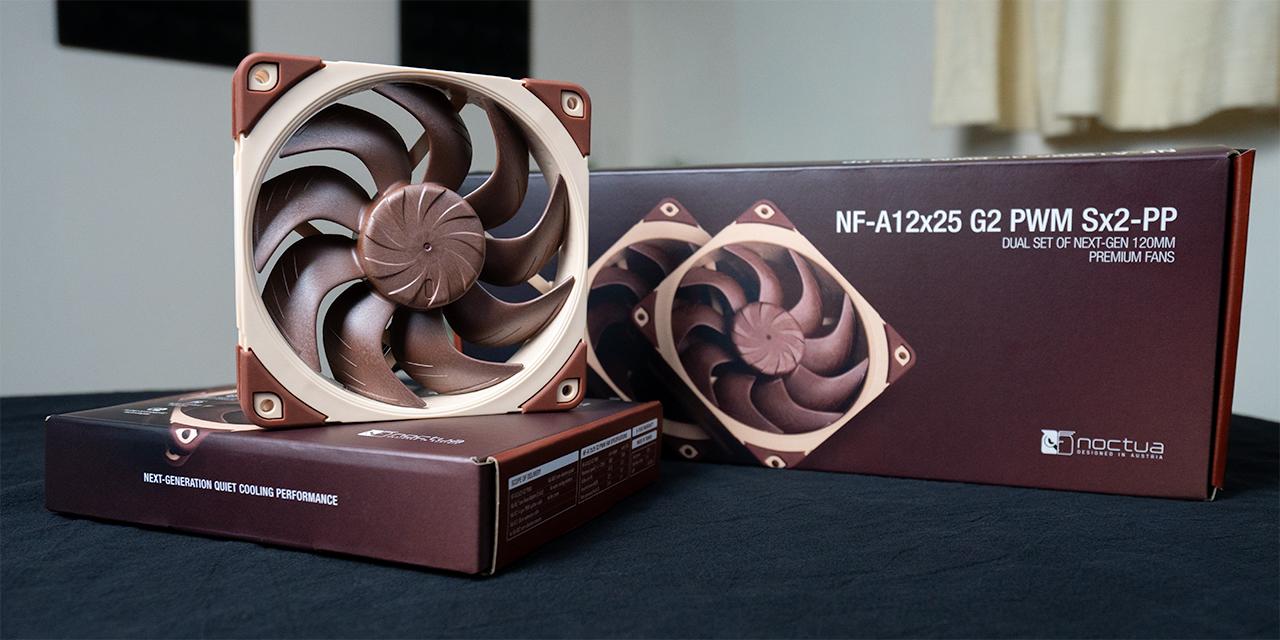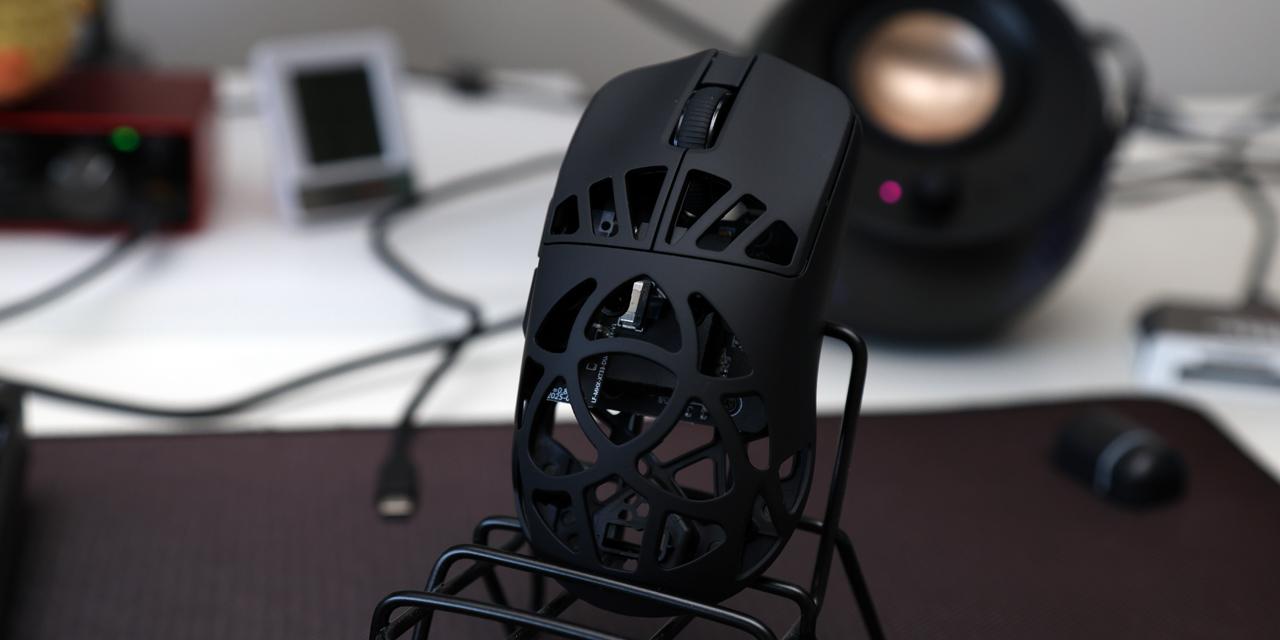From ExtremeTech: One of the topics we’ve repeatedly returned to here at ExtremeTech is the state of Moore’s Law and its long-term future. Our conclusions have often been at odds with public statements by semiconductor designers and the foundries that build their hardware. Intel, for example, is still stressing the importance and validity of Moore’s law. Nvidia’s CEO, Jen-Hsun Huang, no longer agrees.
According to Jen-Hsun, CPU scaling over the past few years has significantly increased transistor counts, but performance improvements have been few and far between. GPUs, in contrast, have gotten much faster over the same period of time. Jen-Hsun has occasionally referred to this as “Hyper Moore’s Law,” and he argues because CPUs are less good at parallelism, GPUs will eventually supplant them. DigiTimes reports Nvidia has also teamed up with Huawei, Inspur, and Lenovo to develop a new Tesla 100 HGX-1 accelerator specifically designed for AI applications.
There’s no denying CPU performance improvements have been slow these past six years. Intel has focused more on reducing power consumption and improving performance in low-power envelopes. Its advances in this area have been considerable; modern CPUs draw far less power than Sandy Bridge. As for his comments on Moore’s Law, the situation is more complicated than he makes it look. Computing isn’t divided strictly between CPUs and GPUs with nothing in the middle. Intel’s Knights Landing has up to 72 cores with 288 threads with 36MB of L2 cache. While Xeon Phi’s processors are technically based on an Atom core, Intel has substantially modified them to handle multiple threads and AVX-512 instructions.
View: Article @ Source Site





